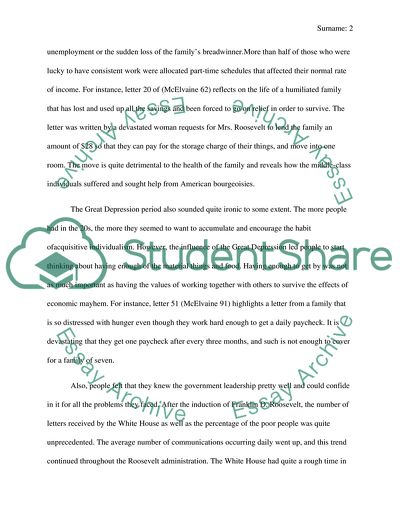Cite this document
(“Coaching and Mentoring in Organisations Literature review”, n.d.)
Coaching and Mentoring in Organisations Literature review. Retrieved from https://studentshare.org/human-resources/1689838-coaching-and-mentoring-in-organisations
Coaching and Mentoring in Organisations Literature review. Retrieved from https://studentshare.org/human-resources/1689838-coaching-and-mentoring-in-organisations
(Coaching and Mentoring in Organisations Literature Review)
Coaching and Mentoring in Organisations Literature Review. https://studentshare.org/human-resources/1689838-coaching-and-mentoring-in-organisations.
Coaching and Mentoring in Organisations Literature Review. https://studentshare.org/human-resources/1689838-coaching-and-mentoring-in-organisations.
“Coaching and Mentoring in Organisations Literature Review”, n.d. https://studentshare.org/human-resources/1689838-coaching-and-mentoring-in-organisations.


